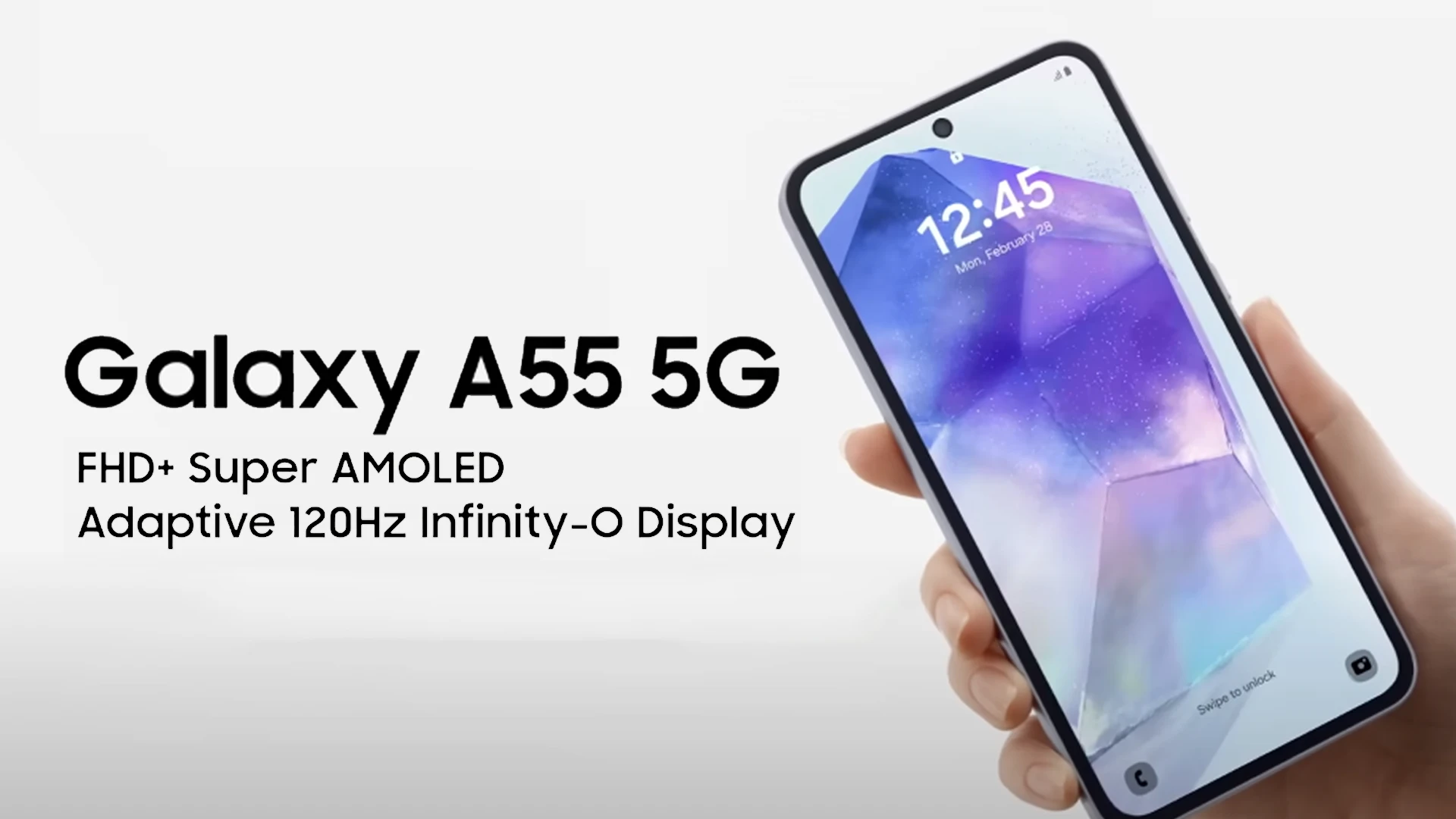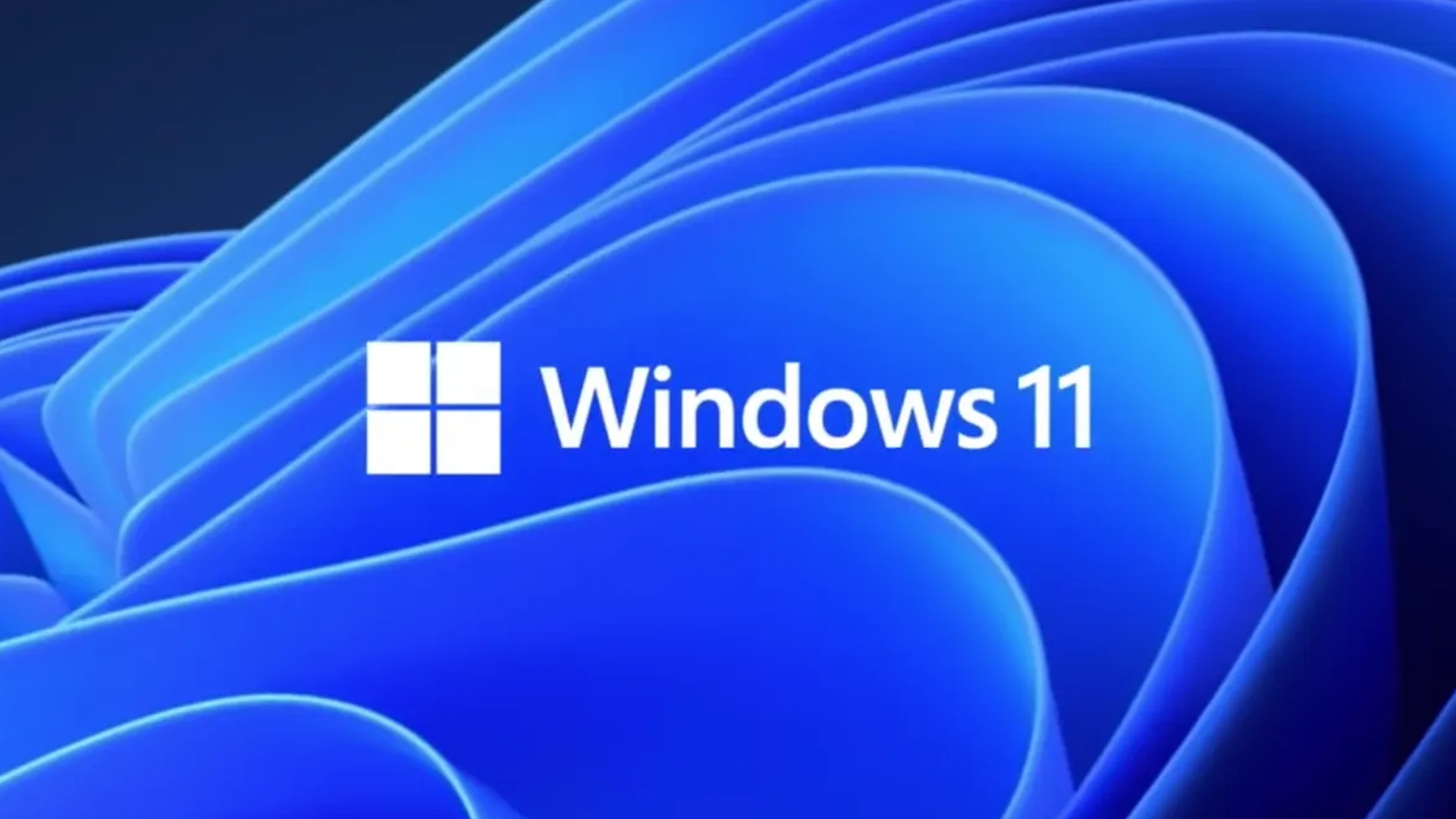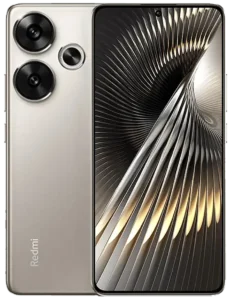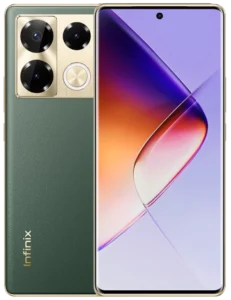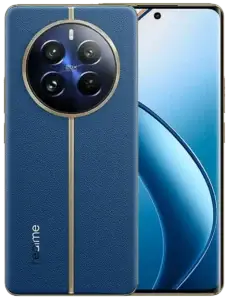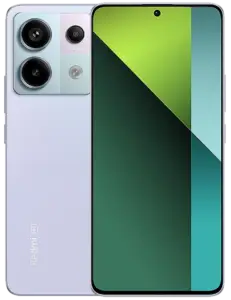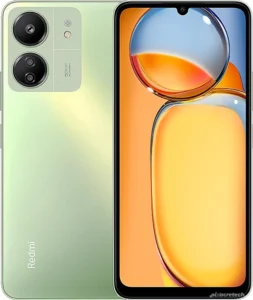Evolution of the Samsung Galaxy S Series: From Innovation to Perfection
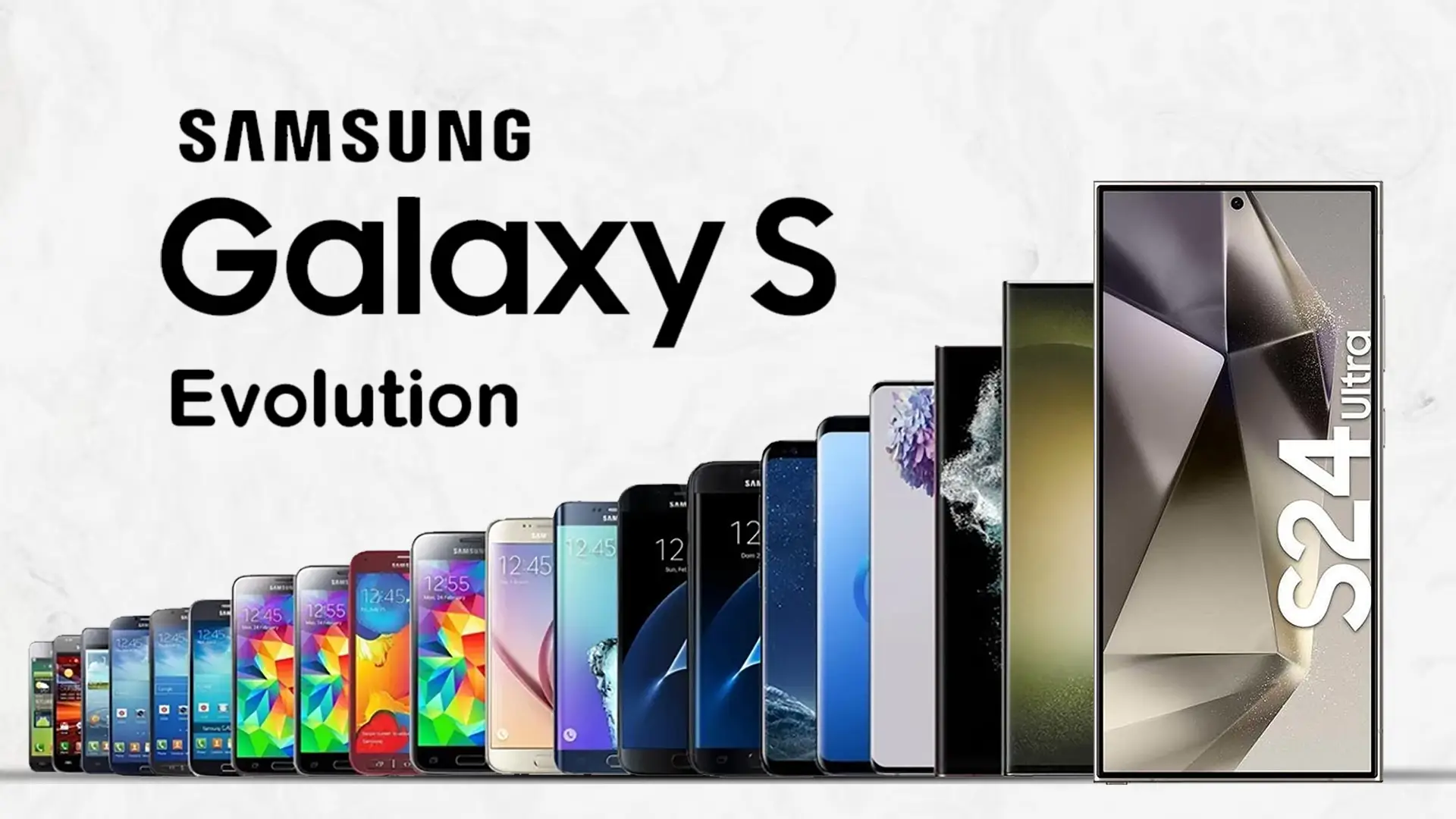
Introduction:
The Samsung Galaxy S series has been at the forefront of smartphone innovation, setting benchmarks for design, performance, and features since its inception. From the groundbreaking Galaxy S to the latest Galaxy S24 Ultra, each iteration has pushed the boundaries of what a smartphone can achieve. Join us on a journey through the evolution of the Samsung Galaxy S series, where innovation meets perfection.
1. Samsung Galaxy S:

Launched in 2010, the Samsung Galaxy S marked the beginning of Samsung’s flagship smartphone series. It featured a 4-inch Super AMOLED display, a 1 GHz Cortex-A8 processor, and a 5-megapixel rear camera with autofocus and LED flash. Running on Android 2.1 (Eclair), it offered a customizable user experience with Samsung’s TouchWiz UI.
2. Samsung Galaxy S Plus:
Released in 2011 as an upgrade to the original Galaxy S, the Galaxy S Plus featured a larger 4-inch Super AMOLED display and a faster 1.4 GHz Scorpion processor. It retained the 5-megapixel camera but offered improved performance and smoother multitasking.
3. Samsung Galaxy S2:

Introduced in 2011, the Galaxy S2 showcased significant improvements over its predecessor. It featured a larger 4.3-inch Super AMOLED Plus display, a dual-core 1.2 GHz Cortex-A9 processor, and an 8-megapixel rear camera with 1080p video recording. The Galaxy S2 was praised for its sleek design, powerful performance, and vibrant display.
4. Samsung Galaxy S2 Plus:
Released as an incremental upgrade to the Galaxy S2, the Galaxy S2 Plus featured slight improvements in hardware and software optimizations. It retained the same 4.3-inch display and 8-megapixel camera but offered a refreshed design and enhanced user experience.
5. Samsung Galaxy S3 Mini:
Launched in 2012, the Galaxy S3 Mini was a compact version of the flagship Galaxy S3. It featured a 4-inch Super AMOLED display, a dual-core 1 GHz processor, and a 5-megapixel rear camera. Despite its smaller size, the Galaxy S3 Mini offered a similar design language and user experience inspired by its larger counterpart.
6. Samsung Galaxy S3:

Released in 2012, the Galaxy S3 was a highly anticipated device known for its 4.8-inch HD Super AMOLED display, quad-core Exynos 4412 processor, and innovative software features. It introduced features like Smart Stay, which kept the display on as long as the user was looking at it, and S Voice, Samsung’s virtual assistant.
7. Samsung Galaxy S3 Plus:
An upgraded variant of the Galaxy S3, the Galaxy S3 Plus featured improved performance and additional features. It retained the same design and display but offered enhanced hardware specifications for smoother multitasking and gaming.
8. Samsung Galaxy S4 Mini:
Introduced in 2013, the Galaxy S4 Mini was a compact version of the flagship Galaxy S4. It featured a 4.3-inch qHD Super AMOLED display, a dual-core 1.7 GHz Krait processor, and an 8-megapixel rear camera. The Galaxy S4 Mini offered a similar design and user experience to its larger counterpart but in a more pocket-friendly form factor.
9. Samsung Galaxy S4:

Released in 2013, the Galaxy S4 was a feature-packed flagship device with a 5-inch Full HD Super AMOLED display, a quad-core Snapdragon 600 processor, and a 13-megapixel rear camera. It introduced innovative features like Air Gesture, which allowed users to control the phone without touching the screen, and Smart Scroll, which scrolled content based on eye movements.
10. Samsung Galaxy S4 Plus:
An enhanced version of the Galaxy S4, the Galaxy S4 Plus offered improved performance and software optimizations. It retained the same design and display but featured upgraded hardware for smoother multitasking and gaming.
11. Samsung Galaxy S5 Mini:
Launched in 2014, the Galaxy S5 Mini was a smaller variant of the flagship Galaxy S5. It featured a 4.5-inch HD Super AMOLED display, a quad-core 1.4 GHz processor, and an 8-megapixel rear camera with 1080p video recording. The Galaxy S5 Mini inherited several features from its larger counterpart, including a water-resistant design and a fingerprint scanner embedded in the home button.
12. Samsung Galaxy S5:

Introduced in 2014, the Galaxy S5 was a flagship device known for its 5.1-inch Full HD Super AMOLED display, quad-core Snapdragon 801 processor, and a 16-megapixel rear camera with 4K video recording. It introduced new features like a heart rate sensor, which allowed users to measure their heart rate by placing their finger on the rear camera sensor, and a water-resistant design with an IP67 rating.
13. Samsung Galaxy S5 Plus:
An upgraded version of the Galaxy S5, the Galaxy S5 Plus featured a faster Snapdragon 805 processor and enhanced performance. It retained the same design and display as the Galaxy S5 but offered improved hardware specifications for smoother multitasking and gaming.
14. Samsung Galaxy S6:

Released in 2015, the Galaxy S6 represented a significant departure from its predecessors in terms of design and build quality. It featured a premium glass and metal design, a 5.1-inch Quad HD Super AMOLED display, and Samsung’s in-house Exynos 7420 octa-core processor. The Galaxy S6 also introduced features like wireless charging and a fingerprint scanner integrated into the home button.
15. Samsung Galaxy S6 Edge:

Similar to the Galaxy S6 but with a curved display that extended over the edges, the Galaxy S6 Edge offered a unique and futuristic design. It featured the same specifications as the Galaxy S6 but with additional software features tailored to the curved display, such as Edge Lighting for notifications and Edge Panels for quick access to apps and contacts.
16. Samsung Galaxy S6 Edge+:
Launched alongside the Galaxy Note 5 in 2015, the Galaxy S6 Edge+ was a larger variant of the Galaxy S6 Edge with a 5.7-inch Quad HD Super AMOLED display. It offered the same curved display and premium design as its predecessor but with a bigger screen for enhanced multimedia and productivity.
17. Samsung Galaxy S7:

Released in 2016, the Galaxy S7 featured a refined design with smoother curves and a more ergonomic grip. It retained the 5.1-inch Quad HD Super AMOLED display from its predecessor but introduced significant improvements in camera performance with a new Dual Pixel technology for faster autofocus and better low-light capabilities.
18. Samsung Galaxy S7 Edge:

The larger variant of the Galaxy S7, the Galaxy S7 Edge featured a dual-curved 5.5-inch Quad HD Super AMOLED display that extended over the edges. It offered the same hardware specifications as the Galaxy S7 but with additional software features tailored to the curved display, such as Edge Panels for quick access to apps and contacts.
19. Samsung Galaxy S8:

Released in 2017, the Galaxy S8 introduced the Infinity Display design with minimal bezels and curved edges, resulting in a more immersive viewing experience. It featured a 5.8-inch Quad HD+ Super AMOLED display, a Snapdragon 835 or Exynos 8895 processor, and a new virtual assistant called Bixby, which offered contextual information and personalized recommendations.
20. Samsung Galaxy S8+:

The larger variant of the Galaxy S8, the Galaxy S8+ featured a 6.2-inch Quad HD+ Super AMOLED display with the same Infinity Display design as its smaller counterpart. It offered similar hardware specifications but with a bigger screen for enhanced multimedia and productivity.
21. Samsung Galaxy S9:

Launched in 2018, the Galaxy S9 retained the Infinity Display design from its predecessor but introduced significant improvements in camera performance with a new variable aperture lens that could switch between f/1.5 for low-light conditions and f/2.4 for bright environments. It also featured stereo speakers tuned by AKG and AR Emoji for creating personalized 3D avatars.
22. Samsung Galaxy S9+:

The larger variant of the Galaxy S9, the Galaxy S9+ featured a 6.2-inch Quad HD+ Super AMOLED display with the same Infinity Display design as the Galaxy S9. It offered similar camera enhancements but with a dual-camera setup that included a telephoto lens for 2x optical zoom and Live Focus for creating bokeh effects.
23. Samsung Galaxy S10e:

Introduced in 2019, the Galaxy S10e was the “budget-friendly” variant of the Galaxy S10 series. It featured a flat 5.8-inch Full HD+ Dynamic AMOLED display, a Snapdragon 855 or Exynos 9820 processor, and a dual-camera setup with an ultra-wide lens for capturing more expansive scenes. The Galaxy S10e also featured a side-mounted fingerprint scanner for biometric authentication.
24. Samsung Galaxy S10:

Released alongside the Galaxy S10e, the Galaxy S10 featured a 6.1-inch Quad HD+ Dynamic AMOLED display with a hole-punch cutout for the front camera, creating an Infinity-O Display design. It introduced an ultrasonic in-display fingerprint scanner for biometric authentication, a triple-camera setup with an ultra-wide lens and a telephoto lens, and Wireless PowerShare for wirelessly charging other compatible devices.
25. Samsung Galaxy S10 Plus:

The larger variant of the Galaxy S10, the Galaxy S10 Plus featured a 6.4-inch Quad HD+ Dynamic AMOLED display with the same Infinity-O Display design as the Galaxy S10. It offered similar camera enhancements but with a dual-front camera setup for capturing depth information and improving selfie quality.
26. Samsung Galaxy S10 5G:
Launched as a variant of the Galaxy S10 series with 5G connectivity, the Galaxy S10 5G featured the same specifications as the Galaxy S10 Plus but with additional support for next-generation cellular networks. It offered faster download and upload speeds, enabling users to experience high-bandwidth applications like streaming 4K video and playing immersive multiplayer games with minimal latency.
27. Samsung Galaxy S20:

Released in 2020, the Galaxy S20 showcased significant improvements in camera performance with a new triple-camera setup that included a 64-megapixel telephoto lens capable of up to 3x hybrid optical zoom and up to 30x digital zoom. It also featured a 120Hz refresh rate display for smoother scrolling and gaming, a Snapdragon 865 or Exynos 990 processor, and 5G connectivity for faster download and upload speeds.
28. Samsung Galaxy S20+:

The larger variant of the Galaxy S20, the Galaxy S20+ featured a 6.7-inch Quad HD+ Dynamic AMOLED display with the same 120Hz refresh rate as the Galaxy S20. It offered similar camera enhancements but with additional depth-sensing capabilities for improved portrait mode effects and augmented reality experiences.
29. Samsung Galaxy S20 Ultra:

The highest-end model in the Galaxy S20 series, the Galaxy S20 Ultra featured a massive 108-megapixel main camera sensor for capturing detailed images with rich colors and textures. It also featured a periscope-style telephoto lens capable of up to 10x optical zoom and up to 100x digital zoom, enabling users to capture distant subjects with clarity and detail.
30. Samsung Galaxy S21:

Launched in 2021, the Galaxy S21 introduced a refreshed design with a Contour Cut Camera housing that seamlessly integrated into the rear panel. It featured a 6.2-inch Dynamic AMOLED 2X display with a Full HD+ resolution, a Snapdragon 888 or Exynos 2100 processor, and a triple-camera setup with improved AI-powered photography features.
31. Samsung Galaxy S21+:

The larger variant of the Galaxy S21, the Galaxy S21+ featured a 6.7-inch Dynamic AMOLED 2X display with the same Full HD+ resolution and refresh rate as the Galaxy S21. It offered similar camera enhancements but with additional software features for capturing and editing professional-quality photos and videos.
32. Samsung Galaxy S21 Ultra:

The most premium model in the Galaxy S21 series, the Galaxy S21 Ultra featured a 6.8-inch Dynamic AMOLED 2X display with a Quad HD+ resolution and an adaptive refresh rate of up to 120Hz. It also featured an advanced quad-camera setup with two telephoto lenses capable of up to 10x optical zoom and up to 100x digital zoom, enabling users to capture stunning images and videos from a distance.
33. Samsung Galaxy S22:

Released in 2022, the Galaxy S22 featured a new Exynos 2200 or Snapdragon 8 Gen 1 processor, delivering improved performance and efficiency. It also featured enhanced camera capabilities, including improved low-light performance and AI-powered scene optimization for more vibrant and detailed photos.
34. Samsung Galaxy S22+:

The larger variant of the Galaxy S22, the Galaxy S22+ featured a 6.6-inch Dynamic AMOLED 2X display with the same Quad HD+ resolution and adaptive refresh rate as the Galaxy S22. It offered similar camera enhancements but with additional features for capturing and editing professional-quality photos and videos.
35. Samsung Galaxy S22 Ultra:

The flagship model in the Galaxy S22 series, the Galaxy S22 Ultra featured a 6.8-inch Dynamic AMOLED 2X display with a Quad HD+ resolution and an adaptive refresh rate of up to 120Hz. It also featured an advanced quad-camera setup with improved low-light performance and AI-powered scene optimization, enabling users to capture stunning images and videos in any lighting conditions.
36. Samsung Galaxy S23:

Continuing the legacy of the Galaxy S series, the Galaxy S23 featured further improvements in design, performance, and camera capabilities. It offered a refined design with a seamless blend of glass and metal, a new-generation processor for faster multitasking and gaming, and enhanced camera features for capturing professional-quality photos and videos.
37. Samsung Galaxy S23+:

The larger variant of the Galaxy S23, the Galaxy S23+ featured a bigger display and similar specifications to the base model. It offered a more immersive viewing experience and enhanced productivity features for multitasking and content creation.
38. Samsung Galaxy S23 Ultra:

The premium offering in the Galaxy S23 series, the Galaxy S23 Ultra featured cutting-edge technology, including advanced camera features and innovative display technology. It offered an unparalleled multimedia experience with a stunning display, immersive audio, and powerful performance for gaming and productivity.
39. Samsung Galaxy S24:

Continuing the legacy of the Galaxy S series, the Galaxy S24 featured enhancements in performance, design, and features. It offered a refined design with premium materials, a new-generation processor for faster performance, and
advanced camera capabilities for capturing stunning photos and videos in any lighting conditions.
40. Samsung Galaxy S24+:

The larger variant of the Galaxy S24, the Galaxy S24+ featured a bigger display and similar specifications to the base model. It offered a more immersive viewing experience and enhanced productivity features for multitasking and content creation.
41. Samsung Galaxy S24 Ultra:

The flagship model in the Galaxy S24 series, the Galaxy S24 Ultra featured top-of-the-line specifications, advanced camera capabilities, and innovative features. It offered an unparalleled multimedia experience with a stunning display, immersive audio, and powerful performance for gaming and productivity.
These expanded descriptions provide a detailed overview of each phone’s key features, innovations, and advancements within the Samsung Galaxy S series.
Conclusion:
As we reflect on the evolution of the Samsung Galaxy S series, it’s clear that each generation has contributed to shaping the landscape of modern smartphones. From the pioneering features of the early models to the cutting-edge technology of the latest iterations, the Galaxy S series continues to redefine excellence in the mobile industry. With a commitment to innovation and a focus on user experience, Samsung has created a legacy that will inspire future generations of smartphones.
| ★★★★ Announcement ★★★★ | ||
|---|---|---|
| QUICKBOOKS SPECIAL OFFER UP TO 30% OFF | ||
|
Are you a Small Business, Freelancer, Medium-sized Businesses or even a Large Enterprise and you want yo improve your accounting workflow in business payments management, bills payments, and payroll functions. Get this QUICKBOOKS SPECIAL OFFER UP TO 30% OFF by clicking HERE |




